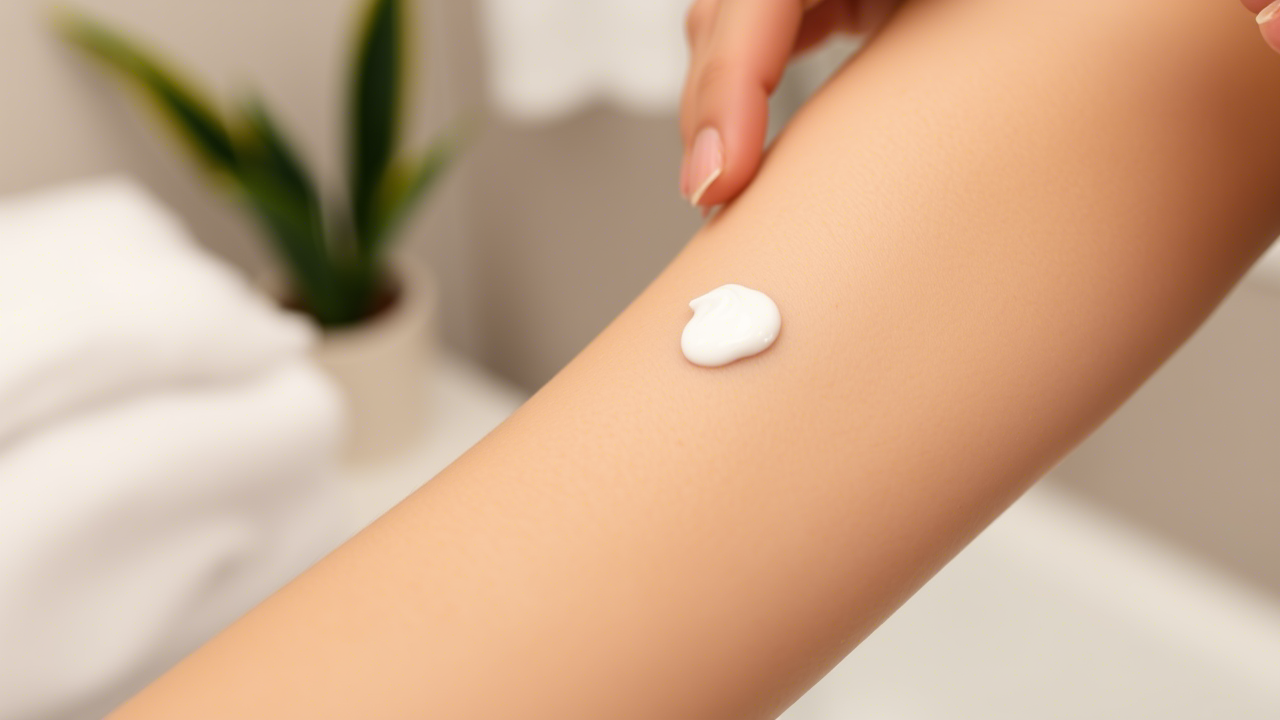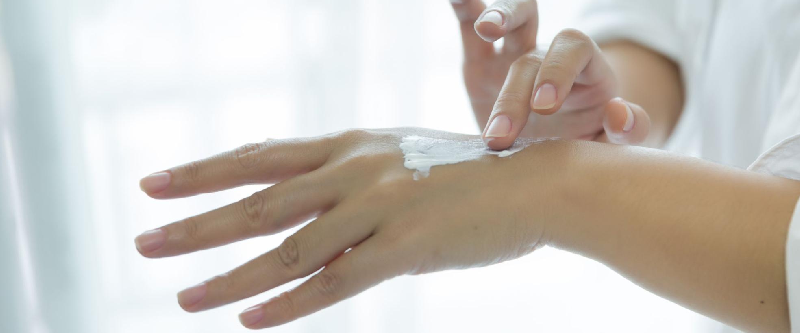If you’ve ever scheduled a cosmetic treatment or minor medical procedure, you’ve likely come across numbing cream. These creams can make all the difference in comfort, but there’s often one big question: how fast do they actually work?
Numbing creams typically begin to take effect within 10 to 30 minutes, depending on their active ingredients, the thickness of your skin, and how you apply them. Lidocaine-based products tend to act fast, especially when used correctly.
Prescription-strength options may offer quicker, deeper relief. But there are important variables like skin condition, temperature, or even product layering that can delay or speed up the process.
In this article, we’ll break down how fast numbing cream works, what factors influence the timing, and simple ways to boost its effectiveness safely.
How Fast Does Numbing Cream Work? 8 Things to Know

Numbing creams are often used before cosmetic or medical skin treatments to reduce pain and sensitivity. But how quickly they start working can make all the difference in timing your session or treatment properly.
Whether you're preparing for a laser hair removal session, tattoo, microneedling, or minor procedure, it's essential to understand how soon the cream will take effect. This helps you apply it at the right moment and avoid discomfort.
In this guide, we’ll explain how fast numbing cream works, what can speed it up or slow it down, and how to maximize its effectiveness.
Average Onset Time of Numbing Creams
Numbing creams are often used before cosmetic or minor dental procedures, microneedling, or facial waxing. Timing their effect can help reduce discomfort and ensure smoother treatment.
Most over-the-counter creams work within 10 to 30 minutes. In cases like dental numbing, some professionals recommend pairing a topical anesthetic with cold compresses to minimize discomfort near the teeth or gums.
Products such as Numit cream and other lidocaine-based options are designed for faster absorption, making them ideal for short treatments.
Active Ingredients and Their Speed
The effect speed depends heavily on the type of active ingredients used:
- Lidocaine: fast-acting, typically starts working in 15–20 minutes
- Prilocaine: slightly slower but works well for deeper penetration
- Combination products: like EMLA, which merges both ingredients for broader numbing
You might also find an EMLA patch used in clinical settings for more targeted, localized relief before a skin procedure.
Factors That Affect How Fast Numbing Cream Works
Several factors affect how quickly numbing cream starts working:
- Skin thickness: Thicker areas like legs or feet need more time than delicate zones like the face
- Application method: Applying a wrap over the cream improves absorption
- Skin condition: Dryness or skin damage may slow down the process
- Body temperature: Warm skin helps the cream absorb faster
- Type of treatment: Whether you're using it for hair removal, injections, or dental work, the surface matters
If you're using cream for areas near the mouth or for facial treatments, make sure the product is suitable and not too strong for mucous membranes.
How to Make Numbing Cream Work Faster

Want the cream to work faster? Try the following:
- Wash and dry the area thoroughly before use
- Apply a thin, even layer, not too thick.
- Use a plastic wrap or medical occlusion method if permitted by the product.
- Time your treatment for when the numbness peaks (usually 20–30 minutes in)
- Match the cream type to your purpose: ointments for longer relief, creams for quick absorption.
When prepping for cosmetic hair removal, this timing can help reduce pain and keep your skin calm throughout the process.
Signs That Numbing Cream Has Started Working
How can you tell the cream is doing its job? Look for:
- A cooling or tingling sensation
- Reduced skin sensitivity when lightly pressed
- Numbness in the area after about 15–30 minutes
- Less discomfort during cleansing or minor procedures
This is particularly useful before sensitive work like dermal fillers, or surface-level discomfort near the lips or jawline.
Duration of Numbness After Application
The duration of numbness usually falls between 1 to 2 hours, depending on:
- Product strength
- How much have you applied
- The part of the body treated
- Skin type and thickness
If using cream for a pre-dental treatment, check the label carefully to avoid overuse. Applying again too soon may cause irritation or even systemic absorption.
When to Consult a Professional
While most numbing creams are safe to use at home, there are times when it’s best to ask a professional:
- If the cream takes longer than 30-40 minutes to have any effect
- If you feel no numbness at all, even after following instructions
- If you’re unsure which cream to use for your specific treatment area
In some cases, a stronger or prescription-only product may be needed.
Conclusion
Understanding how fast numbing cream works helps you avoid discomfort and time your treatment more effectively. In most cases, you’ll begin to feel relief within 10-30 minutes depending on the formula, skin type, and application method.
To get the best results, follow the instructions closely clean the skin, apply a thin layer, and wait the right amount of time before starting your session. Whether you're numbing the skin before waxing, prepping for minor dental procedures, or using it after facial hair removal, using the right technique matters.
When in doubt, speak with a licensed professional to ensure you’re using the safest product for your needs.
FAQs
Yes. Use on clean, dry skin and cover with an occlusive wrap if the instructions allow.
It usually works faster on thinner skin areas like the face and slower on thicker areas like feet or hands.
Wait at least 20-30 minutes unless your product says otherwise.
You may need to wait a bit longer, or the product may not be strong enough. Check the instructions or consult a professional.
Yes. Always follow the timing guide on the label. Leaving it on too long can cause irritation or other side effects.


